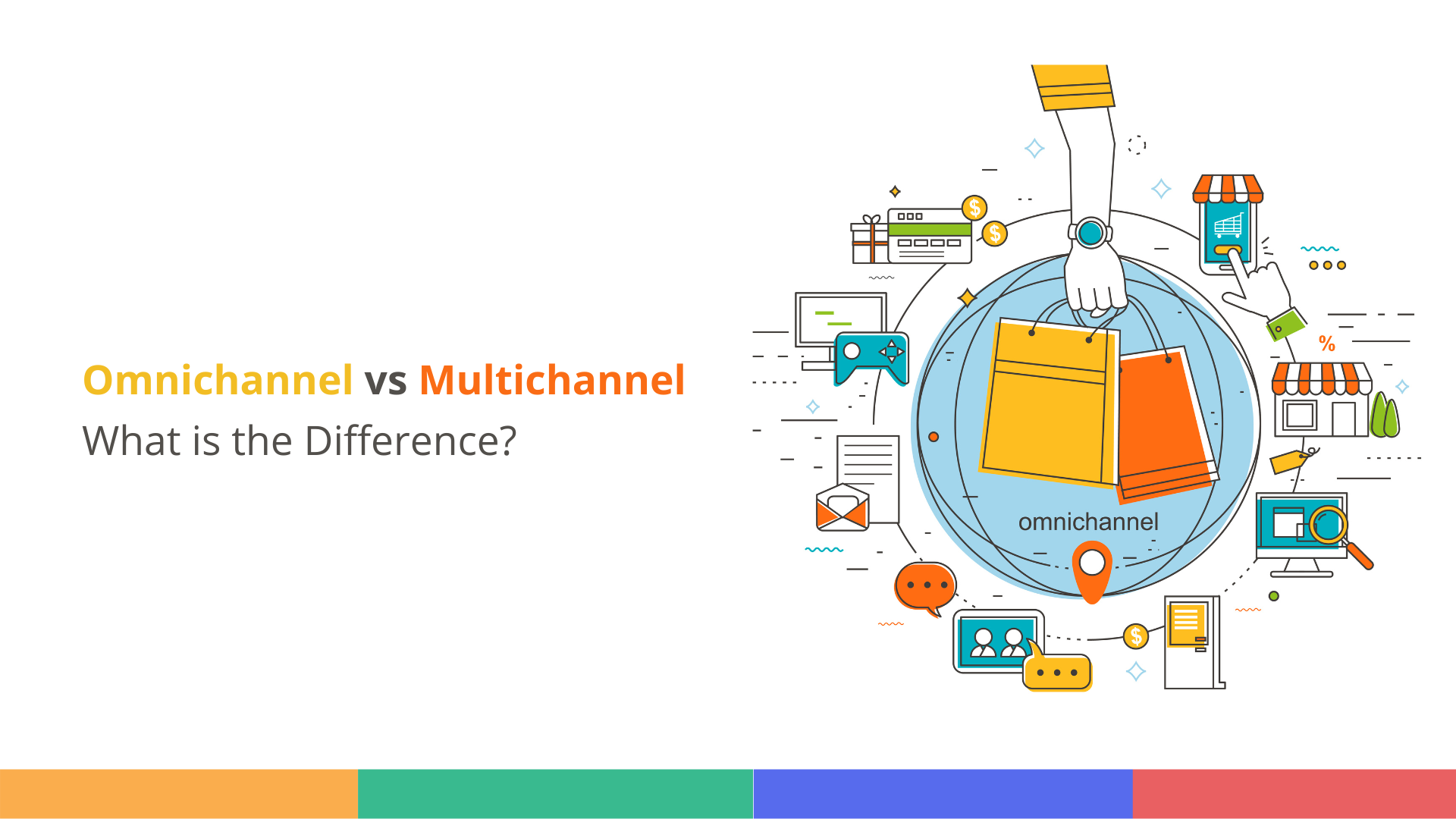In the rapidly evolving world of ecommerce and retail, businesses strive to provide seamless and personalized shopping experiences to their customers. Two terms that often arise in this context are “omnichannel” and “multichannel.” While they may seem similar, these strategies differ in their approach and the level of integration they offer, particularly when it comes to Omnichannel vs Multichannel strategies.
Let’s explore the key differences between Omnichannel vs Multichannel strategies.
What is Omnichannel?
Omnichannel is a customer-centric approach that aims to provide a unified and consistent shopping experience across all channels and touchpoints. It removes the boundaries between different sales and marketing channels, such as websites, mobile apps, social media, email, and physical stores. The focus is on creating a seamless and integrated experience, where customers can switch between channels seamlessly, and their interactions and preferences are recognized across all platforms.
In an omnichannel strategy, the distinctions between channels disappear, and a single view of the customer emerges. This allows businesses to offer personalized offers, products, and messages based on the customer’s behavior and preferences, regardless of the channel they are interacting with.
Advantages of Omnichannel:
- Improved customer satisfaction and loyalty
- Better data collection and analysis
- Increased sales and revenue
Disadvantages of Omnichannel:
- Requires significant investment in technology and infrastructure
- Complex implementation and management
- May necessitate organizational restructuring
What is Multichannel?
Multichannel is a strategy that utilizes multiple channels to interact with customers, such as websites, social media, mobile apps, and physical stores. However, these channels operate independently, offering separate and distinct shopping experiences. The main goal of a multichannel approach is to expand the company’s reach and ensure that products and services are available across various platforms to meet the needs of diverse customers.
In a multichannel strategy, each channel functions as a separate spoke, with the product or sale at the center. Customers can engage with the brand through their preferred channel, but the experiences are not integrated or consistent across all channels.
Advantages of Multichannel:
- Greater reach and visibility
- Flexibility in targeting different customer segments
- Multiple touchpoints for customer engagement
Disadvantages of Multichannel:
- Inconsistency in customer experience
- Difficulty in tracking and measuring performance
- Limited integration between channels
The Key Difference
The main difference between omnichannel and multichannel lies in the level of integration and the customer experience they provide.
Omnichannel offers a seamless and consistent experience across all channels, while multichannel utilizes multiple channels independently, without a unified approach.
Omnichannel requires significant investment in technology, infrastructure, and organizational restructuring to achieve a truly integrated experience. It involves breaking down silos between different channels and creating a cohesive ecosystem where customer data, preferences, and interactions are shared and recognized across all touchpoints. This allows for a personalized and consistent experience, regardless of the channel the customer is using.
In contrast, a multichannel strategy treats each channel as a separate entity, with its own processes, systems, and customer interactions. While customers can engage with the brand through multiple channels, their experiences may vary, and their preferences or purchase history may not be recognized or carried over to other channels.
The level of integration and data sharing is a crucial factor that distinguishes omnichannel from multichannel. Omnichannel relies on a centralized customer data platform that consolidates information from various sources, enabling a comprehensive view of the customer journey.
This integration is essential for delivering personalized experiences, targeted marketing, and seamless transitions between channels.
While multichannel provides convenience and accessibility to customers through multiple channels, it may result in disjointed experiences and missed opportunities for personalization and cross-selling. Customers may feel disconnected from the brand as they move between channels, leading to potential frustration and decreased loyalty.
Closing Thoughts
Finally, the future of retail lies in providing personalized and seamless experiences to customers, regardless of the channels they interact with. As new channels and technologies emerge, businesses must be prepared to adapt and integrate them into their strategies, whether omnichannel or multichannel, to remain competitive and meet evolving customer expectations.




